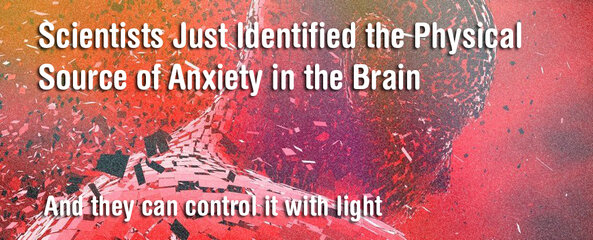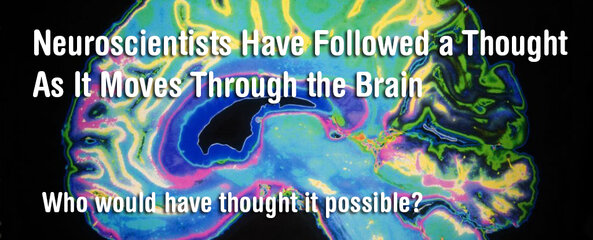Hah! we have a humor expert over here! I'm guessing you work on comedy central as a comedy scientist researcher?


Elon Musk once described the sensational advances in artificial intelligence as “summoning the demon.” Boy, how the demon can play Go.
And about conspiracy theories, I won't be quick to dismiss them like I used to in the past. Why? Because while it's only too easy to brand them as crackpots, there are many occasions when they have had the last laugh after they were proven correct afterall. And again you need to help yourself with that because I or anybody else might not feel obligated to help judgmental people out there. It's easy to be a skeptic, much harder still to dig around for truth and not come out as another common stereotype.
Last edited:





